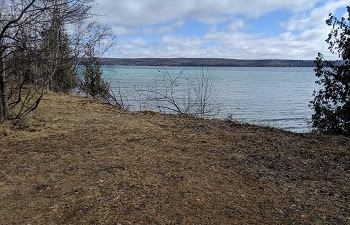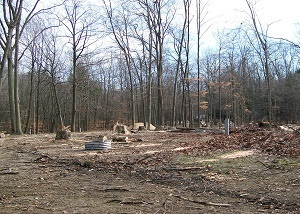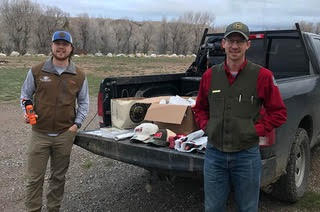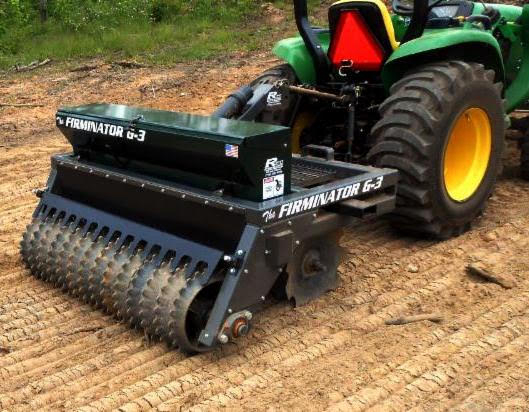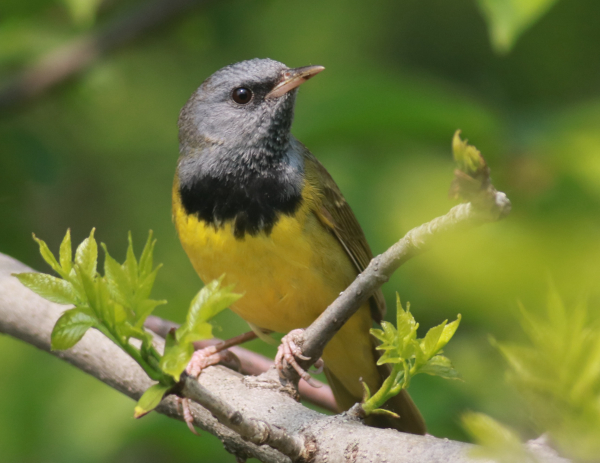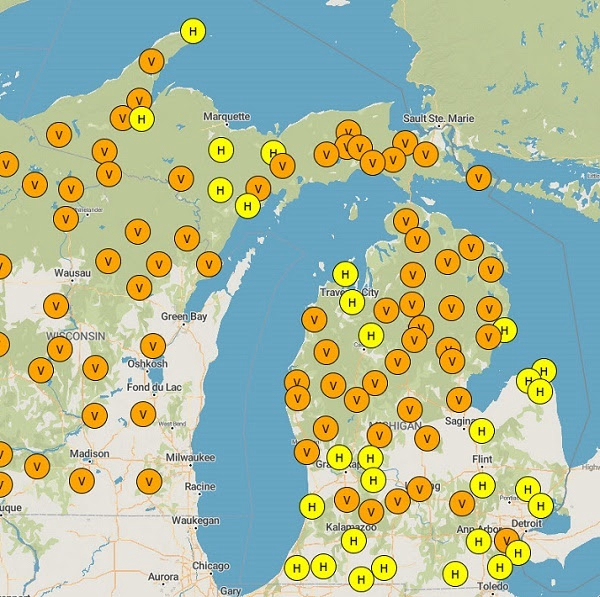Boone and Crockett Club Receives Funding from Bass Pro Shops and Cabela’s Outdoor Fund

MISSOULA, Mont. – The Boone and Crockett Club announced today that it has received a $50,000 grant through the Bass Pro Shops and Cabela’s Outdoor Fund to support policy outreach, research on chronic wasting disease, and the Club’s Poach & Pay project to address wildlife crime. This year’s grant also included a new area of interest – a virtual education curriculum created at and distributed from the Rasmuson Wildlife Conservation Center located on the Boone and Crockett Club’s Theodore Roosevelt Memorial (TRM) Ranch in north central Montana. The new, multi-faceted virtual education approach brings the TRM Ranch and all of its Rocky Mountain ecosystem inhabitants into the lives of classroom teachers and students through a variety of formats including augmented reality applications, Facebook live events, and downloadable electronic trail-camera curriculum modules. The lesson plans adhere to “Next Generation Science Standards” utilized by educators.
“Thanks to the support of the Bass Pro Shops and Cabela’s Outdoor Fund, we have made major strides on forest management policy, funding for conservation efforts, and improving access to federal lands and waters,” said Tony A. Schoonen, Boone and Crockett Club Chief Executive Officer. “Now with the additional support for our virtual education program, our nation’s youth will be able to learn about North American wildlife, including alpha predators like wolves and grizzlies, through the photos collected through our network of trail cameras and our live webcam.” Read more


